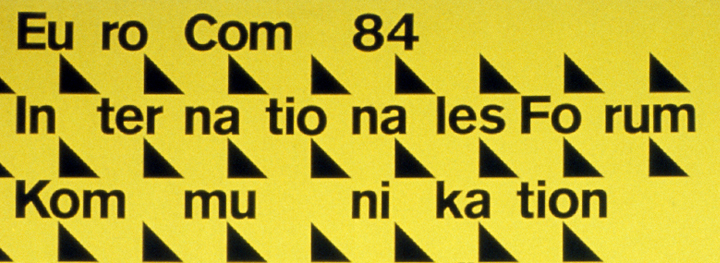Art & Art History
Self/Society

Gallery 400
400 South Peoria Street, Chicago, IL 60607
Paul Davis, Alain Le Quernec, Uwe Loesch, David Tartakover
Self/Society documents how four graphic designers express their own strong values through their work, using their various commissions as a medium for personal statements, both social and aesthetic. The featured designers are Paul Davis of the United States, Alain Le Quernec of France, Uwe Loesch of Germany, and David Tartakover of Israel. Each of the designers finds ways to make his posters an extension of his own values, emotions, commitments, concerns, and stylistic preferences. Although each designer is from a different country, they are all similar in age, and they all have a legacy of social concern that they express through their work, including their choice of clients, styles, and technologies, as well as their interpretation of content and various other criteria.
In Self/Society, each of these artists employs a variety of aesthetics and applications within the realm of poster art to demonstrate the vitality of the medium to its fullest. Their works stand in contrast to slick abstract formalist design. All the designers use images and are concerned with the different ways in which these images communicate their statements. Their choices are based on a certain notion of audience—they are not designing for themselves, but rather for a specific audience. Each designer draws on existing images and codes for their statements. They are not preoccupied with style; their work does not display a single stylistic solution. They do not see the poster as high art, but rather as a part of popular culture..